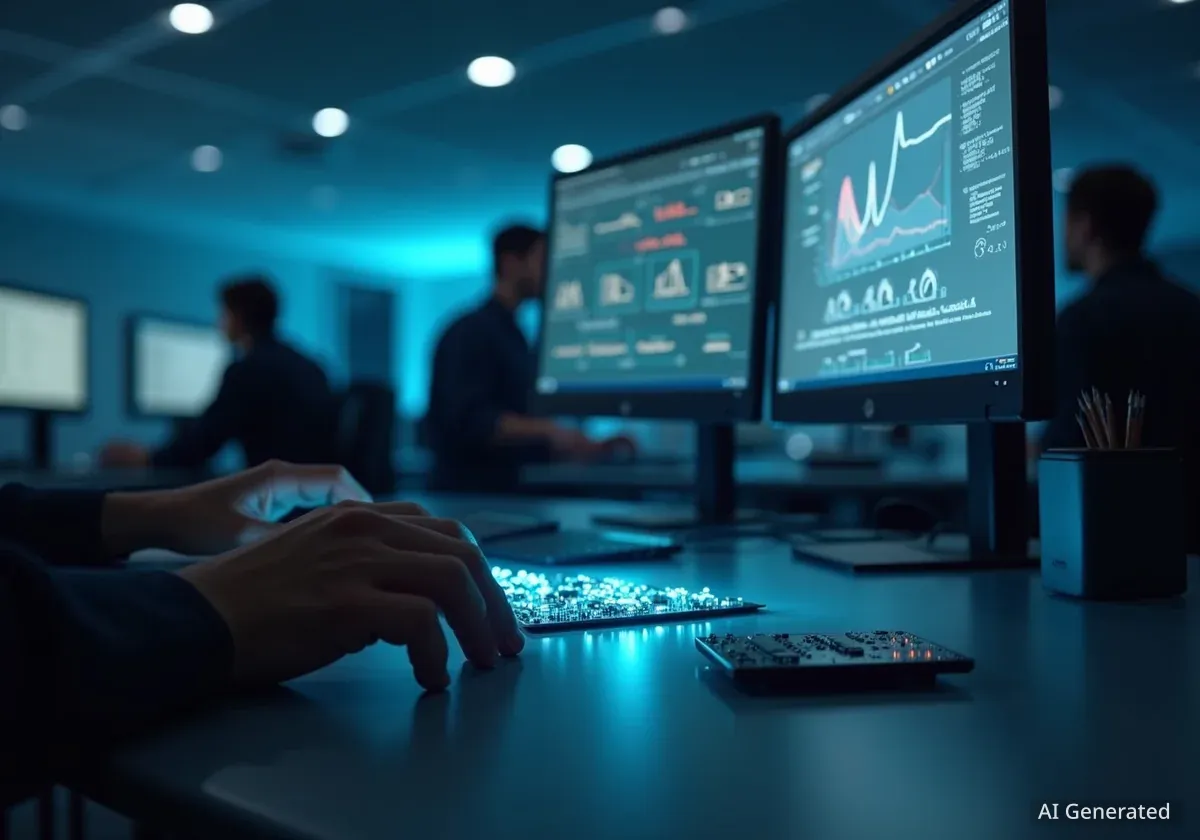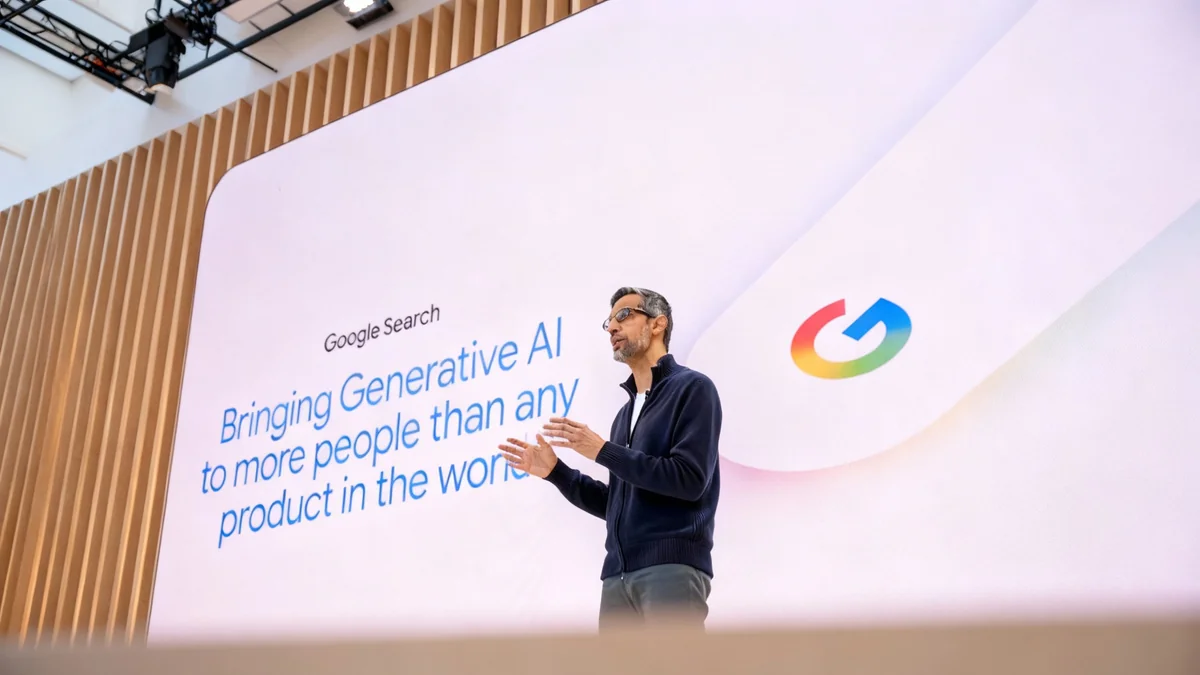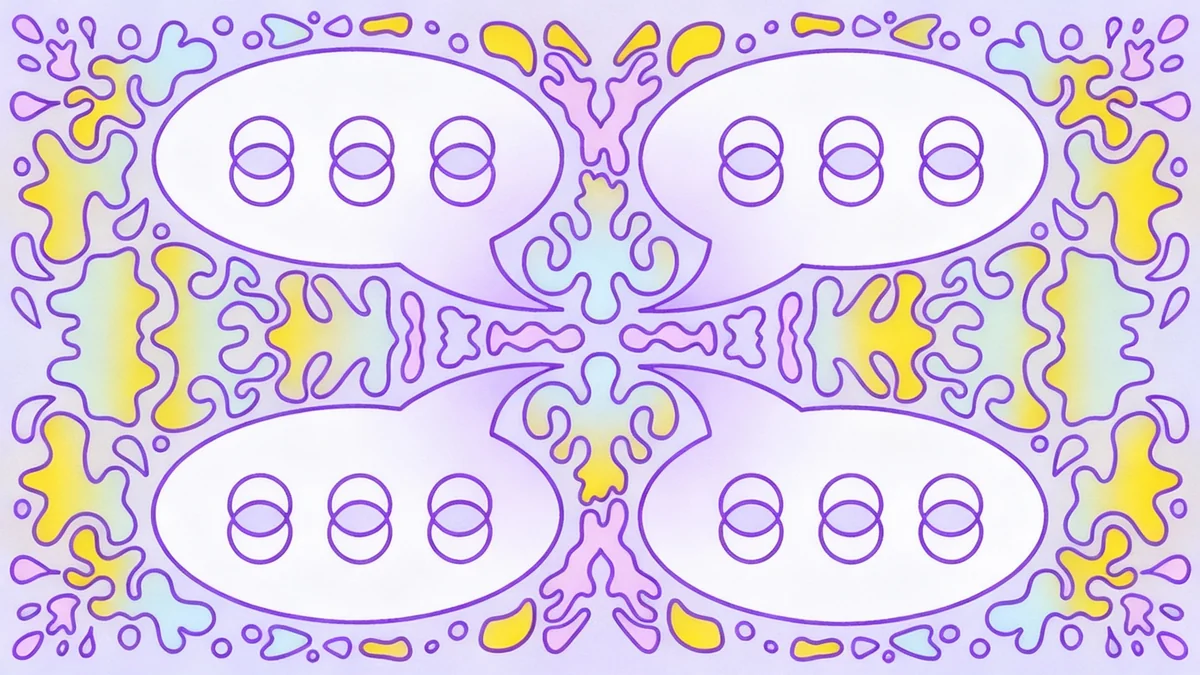Artificial intelligence is rapidly moving beyond creative and analytical tasks into one of the most abstract domains of human thought: pure mathematics. New research and AI models are demonstrating the ability not just to verify complex proofs but to generate novel mathematical insights, fundamentally altering how mathematicians approach discovery.
From solving Olympiad-level geometry problems to assisting in the verification of groundbreaking theorems, AI tools are becoming indispensable partners in a field traditionally defined by solitary human intellect. This shift marks a new era where collaboration between human intuition and machine logic could unlock solutions to problems once thought unsolvable.
Key Takeaways
- Artificial intelligence is now capable of solving complex mathematical problems, including those from the International Mathematical Olympiad (IMO).
- AI tools known as proof assistants are helping mathematicians formally verify complex theorems, reducing the potential for human error.
- Advanced AI models are beginning to generate new mathematical conjectures and discover patterns that humans might overlook.
- The collaboration between human mathematicians and AI is seen as a powerful new paradigm for research, combining human intuition with machine computation.
The New Digital Assistant for Mathematicians
For centuries, the tools of a mathematician were primarily the mind, chalk, and paper. The arrival of computers accelerated calculation, but the core process of conjecture and proof remained a deeply human endeavor. Today, a new class of AI tools is integrating into this process, acting as sophisticated assistants that can handle the rigorous, formal aspects of mathematical logic.
One of the most significant developments is the rise of interactive theorem provers, also known as proof assistants. These are software programs that allow mathematicians to write proofs in a formal language that a computer can verify for correctness, step-by-step. This process ensures that a proof is free from logical gaps or errors, a task that can be difficult for humans reviewing hundreds of pages of dense mathematics.
What is a Proof Assistant?
A proof assistant is a software tool that helps a user develop a formal proof. The user guides the prover by inputting definitions, theorems, and proof steps. The assistant then checks each step for logical validity according to a predefined set of axioms and rules. Popular examples include Lean, Coq, and Isabelle.
The successful use of these tools in major projects highlights their growing importance. A landmark achievement was the formal verification of the liquid tensor experiment, a complex proof by mathematician Peter Scholze. The project, completed using the Lean proof assistant, demonstrated that AI-powered tools could manage the immense complexity of modern mathematical proofs, ensuring their absolute correctness.
From Verification to Discovery
While verifying human-written proofs is a major step forward, the next frontier is using AI to actively participate in the discovery process. Researchers are now developing AI systems that can search for patterns in mathematical data, generate new hypotheses, and even suggest pathways to a proof.
In 2022, researchers at DeepMind published a study in Nature showing how machine learning could guide mathematicians toward new discoveries in knot theory and representation theory. The AI was trained on mathematical data and was able to identify previously unknown relationships and structures, leading to new, verifiable conjectures.
"AI is beginning to be used as a powerful tool to spot new patterns and propose interesting conjectures that mathematicians can then go on to prove," stated a report on the evolving collaboration between AI and human researchers.
This approach combines the strengths of both humans and machines. The AI excels at processing vast amounts of data and identifying subtle correlations, while the human mathematician provides the intuition, abstract understanding, and creativity needed to formulate and formally prove the resulting theorems.
AI Cracks Olympiad-Level Problems
A significant milestone in AI's mathematical capabilities was achieved in early 2024 when a Google DeepMind AI system named AlphaGeometry demonstrated the ability to solve complex geometry problems at the level of the International Mathematical Olympiad (IMO).
The IMO is the world's most prestigious competitive mathematics competition for high school students, featuring exceptionally difficult problems that require deep insight and creativity. For years, AI systems struggled to perform well on these types of problems.
AlphaGeometry's Performance
In a test against a benchmark of 30 recent IMO geometry problems, AlphaGeometry successfully solved 25 within the competition time limit. For comparison, the average human gold medalist solved approximately 25.9 problems. This performance places the AI system firmly in the silver-to-gold medal range, a feat previously considered out of reach for machines.
AlphaGeometry's success comes from its hybrid approach. It combines a neural language model, which is good at predicting potentially useful steps, with a symbolic deduction engine, which handles the rigorous, logical proof construction. This allows it to explore mathematical problems in a way that mimics, and in some cases surpasses, human problem-solving techniques.
How the Hybrid System Works
The system operates in a two-part process:
- The Language Model: This part of the AI analyzes a geometry problem and suggests useful constructions to add to the diagram, such as drawing a new line or a circle. It acts on an intuitive level, predicting what might be a fruitful path forward.
- The Symbolic Engine: This component takes the suggestions from the language model and rigorously explores their logical consequences. It works through chains of deduction to see if the new constructions can lead to a formal proof.
This combination allows AlphaGeometry to avoid the pitfalls of each method alone. Language models can be creative but often make logical mistakes, while symbolic engines are logical but can get lost exploring an infinite number of possibilities. Together, they form a powerful problem-solving duo.
The Future of Mathematical Practice
The integration of AI into mathematics is not about replacing human mathematicians. Instead, it is about augmenting their abilities and changing the nature of their work. With AI assistants to handle formal verification and pattern recognition, mathematicians can focus more on high-level conceptual thinking, creativity, and setting the direction for new research.
According to Bartosz Naskręcki and Ken Ono, whose commentary in Nature Physics explored this topic, the field is witnessing a fundamental transformation. They describe a pathway where informal mathematical ideas can be formalized, checked, and expanded upon with the help of machine intelligence.
However, challenges remain. Current AI models do not possess true mathematical understanding; they are sophisticated pattern-matching and logic-processing systems. Human oversight remains critical to guide the AI, interpret its results, and ensure the final proofs are not just correct but also elegant and insightful—qualities that still lie in the human domain.
As these tools become more powerful and accessible, the practice of mathematics is likely to become more collaborative, not just between humans, but between humans and their intelligent digital counterparts. This partnership promises to accelerate the pace of discovery and push the boundaries of human knowledge even further.





